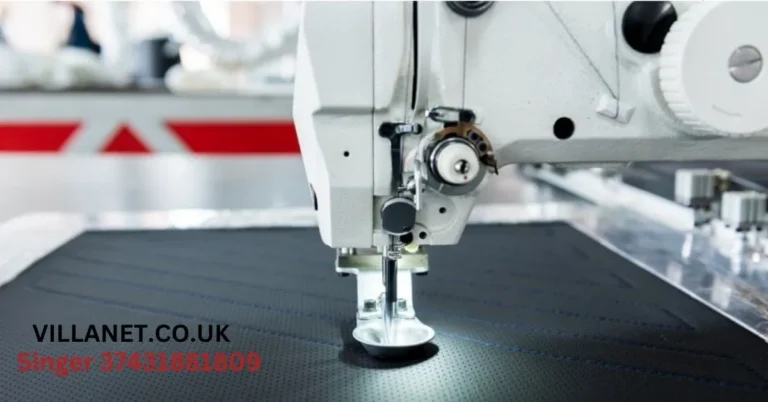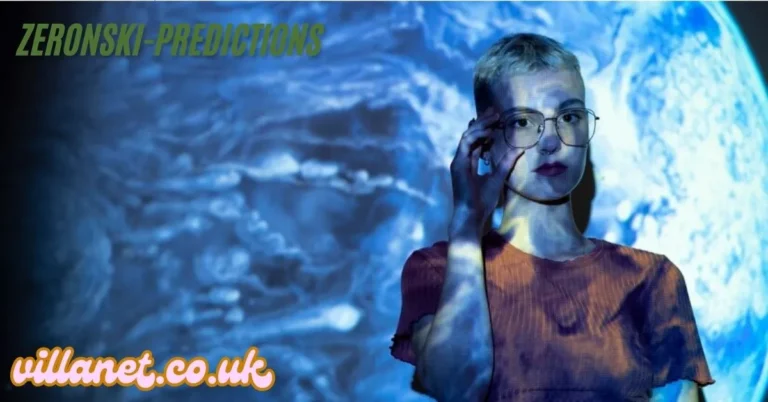The Birth and Evolution of BEFLIX: A Groundbreaking Embedded Domain-Specific Language for Computer Animation
Computer animation has come a long way, from the earliest rudimentary images to the stunning visual effects we see in modern films and video games. A key milestone in the development of computer animation was the invention of BEFLIX, the first embedded domain-specific language (DSL) for computer animation. Created by Ken Knowlton at Bell Labs in 1963, BEFLIX laid the foundation for how computers could be used to create dynamic and intricate animated images. This article explores the history, technology, and programming model of BEFLIX, detailing its role in the early days of computer animation.
What is BEFLIX?
BEFLIX, short for “Bell Flicks,” is a programming language designed to facilitate the creation of computer-generated animations. Ken Knowlton developed it at Bell Labs in the early 1960s as a way to create animated films for both educational and engineering purposes. The name “BEFLIX” was coined from “Bell Flicks” to emphasize its connection with Bell Labs and its function as a film-producing tool. Ken Knowlton’s goal was to create an easy-to-use programming language that could generate complex animation sequences using the available technology at the time.
The Role of BEFLIX in Computer Animation
In 1963, the idea of creating animations through code was still in its infancy. Traditional animation required artists to manually draw and paint each frame of an animation. However, with the rise of computers, the potential to automate the process was becoming apparent. BEFLIX was developed to bridge the gap between animation and computer technology. By using BEFLIX, Knowlton was able to create intricate and complex animations using the computational power of the IBM 7090 mainframe.
The language was specifically designed to be easy to use for those with limited technical experience, allowing animation designers to focus more on creative aspects rather than complex programming. Its initial applications were in educational films and scientific visualizations, a field where precision and clarity in visual representations were key.
The Development of BEFLIX at Bell Labs
The development of BEFLIX took place within the environment of Bell Labs, a research and development organization known for its innovations in telecommunications and computing. In the 1960s, Bell Labs was at the forefront of computer science, and its engineers and scientists were exploring new ways to apply computing to different domains, including animation.
The IBM 7090 and the SC4020 Microfilm Recorder
BEFLIX was designed to run on the IBM 7090, a mainframe computer used at Bell Labs at the time. The 7090 was a powerful machine capable of executing complex computations, making it suitable for use in developing BEFLIX. For output, BEFLIX utilized the Stromberg-Carlson SC4020 microfilm recorder. This device used a charactron tube to expose microfilm and generate images. The unique aspect of BEFLIX was how it employed a defocused electron beam to write pixels to the screen, creating blurred character shapes. This process allowed for the production of grayscale values by choosing characters that produced varying levels of intensity.
The IBM 7090 and the SC4020 were not directly connected but communicated via magnetic tape. The 7090 would output data to magnetic tape, which was then read by the SC4020 to create the film output. This method allowed the creation of high-quality computer-generated animations, despite the relatively limited computing power available in the 1960s.
BEFLIX and its Role in Early Computer Animation Films
One of the most notable uses of BEFLIX was in the collaboration between Ken Knowlton and artist Stan Vanderbeek. Together, they created a series of computer-animated films called Poemfields, which were produced at Bell Labs between 1966 and 1969. These films were groundbreaking in their use of computer animation and showcased the capabilities of BEFLIX in a creative, artistic context. Poemfields featured a combination of abstract visuals, typography, and symbolic representations, all generated through computer animation.
The collaboration with Vanderbeek was particularly significant because it demonstrated the potential of computer animation as a form of artistic expression. Prior to this, computers had primarily been used for technical and scientific applications, but the Poemfields series helped to establish the artistic possibilities of the medium.
The BEFLIX Programming Model
BEFLIX employed a unique programming model that differed significantly from other programming languages of its time. The language was designed to manipulate images on a pixel level and allowed users to create intricate animations by controlling the positions and behaviors of individual “scanners.”
Low-Level Operations
The BEFLIX programming model provided low-level operations that allowed for precise control over the position and value of individual pixels. These operations were carried out using scanners, which were assigned values and coordinate positions on a rectangular surface of pixels. BEFLIX had 26 scanners, named from A to Z, and each scanner could perform operations based on certain conditions. For example, a low-level operation in BEFLIX could involve a scanner moving to a specific position or writing a particular value to a surface based on the values of other scanners.
An example of a low-level operation in BEFLIX might look like this:
css
Copy code
IFANY (B,R,10)(B,A,C)(A,E,7)T(A,T,B)(A,U,2)(A,W,3)LOC5
This code means that if any of the following conditions are true:
- Scanner B is to the right of x=10,
- Scanner B is above Scanner C,
- The surface value at Scanner A is equal to 7,
Then the following actions occur:
- Scanner A moves to the surface and position as Scanner B.
- Scanner A moves up 2 rows.
- Scanner A writes the number 3 into the surface.
- Control is passed to the statement with the label LOC5.
This method of programming allowed for the creation of complex patterns and behaviors, as scanners could move and change pixel values in real time without any frame output in between.
High-Level Operations
In addition to low-level operations, BEFLIX also provided higher-level operations that made it easier to create full animations. These high-level operations fell into several categories:
Control the output of pictures: This category involved controlling how pictures were stored and retrieved, particularly in relation to magnetic tape and disk drives. BEFLIX allowed users to manipulate frames of animation by storing them on magnetic tape and later retrieving them for final output.
Rendering drawing primitives: BEFLIX supported a variety of drawing primitives, such as lines, arcs, curves, and text. These primitives could be used to create basic shapes and structures, which could be incrementally built upon over multiple frames to create animations.
Instantaneous operations on rectangular areas: BEFLIX allowed users to perform operations on rectangular areas of the surface, such as filling or altering pixels in a specific region of the frame.
Dynamic operations on rectangular areas: Dynamic operations involved performing actions on rectangular regions incrementally over several frames. This allowed for the creation of smooth transitions and movements in the animation, contributing to the overall fluidity of the final output.
By combining these high-level operations with low-level pixel manipulation, BEFLIX enabled the creation of intricate and detailed animations. These animations were often used in educational contexts, such as visualizing scientific data or demonstrating technical concepts.
The Legacy of BEFLIX
Though BEFLIX was a groundbreaking technology in its time, it was eventually supplanted by more modern programming languages and software tools as computer animation technology advanced. However, the contributions of BEFLIX to the field of computer animation cannot be overstated. It served as a precursor to many of the techniques and technologies used in today’s animation industry.
Ken Knowlton’s work with BEFLIX inspired future generations of animators and computer scientists to explore the intersection of art and technology. BEFLIX was one of the first instances of a programming language being used specifically for creative purposes, and its influence can be seen in the evolution of computer animation software, from early graphic design programs to the powerful 3D animation tools used today.
Additionally, the collaboration between Knowlton and Vanderbeek demonstrated the potential for artists and engineers to work together in new ways, using technology as a tool for creative expression. This collaborative spirit continues to shape the world of computer animation today.
Conclusion
The invention of BEFLIX was a pivotal moment in the history of computer animation. Developed by Ken Knowlton at Bell Labs in 1963, BEFLIX was the first embedded domain-specific language for creating computer-generated films. Using the IBM 7090 and the SC4020 microfilm recorder, BEFLIX enabled the creation of intricate and detailed animations, laying the groundwork for future innovations in computer-generated imagery (CGI). The programming model of BEFLIX, with its low-level and high-level operations, allowed for precise control over pixel manipulation, offering animators a unique tool for crafting digital art. Though it has since been superseded by more modern technologies, the legacy of BEFLIX remains a significant milestone in the development of computer animation.
Today, BEFLIX’s influence can be seen in the tools and techniques that animators use to bring stories to life through computer-generated visuals, ensuring its place in the history of both technology and art.







